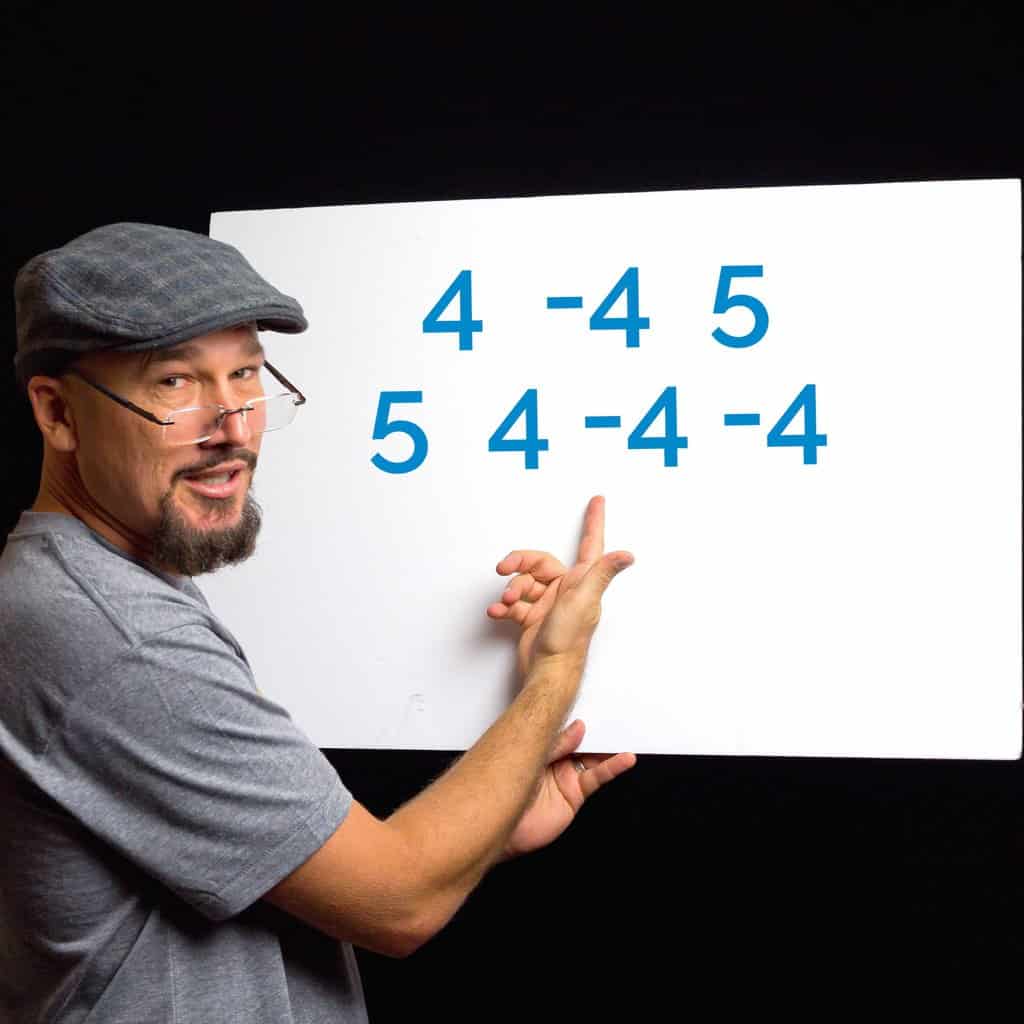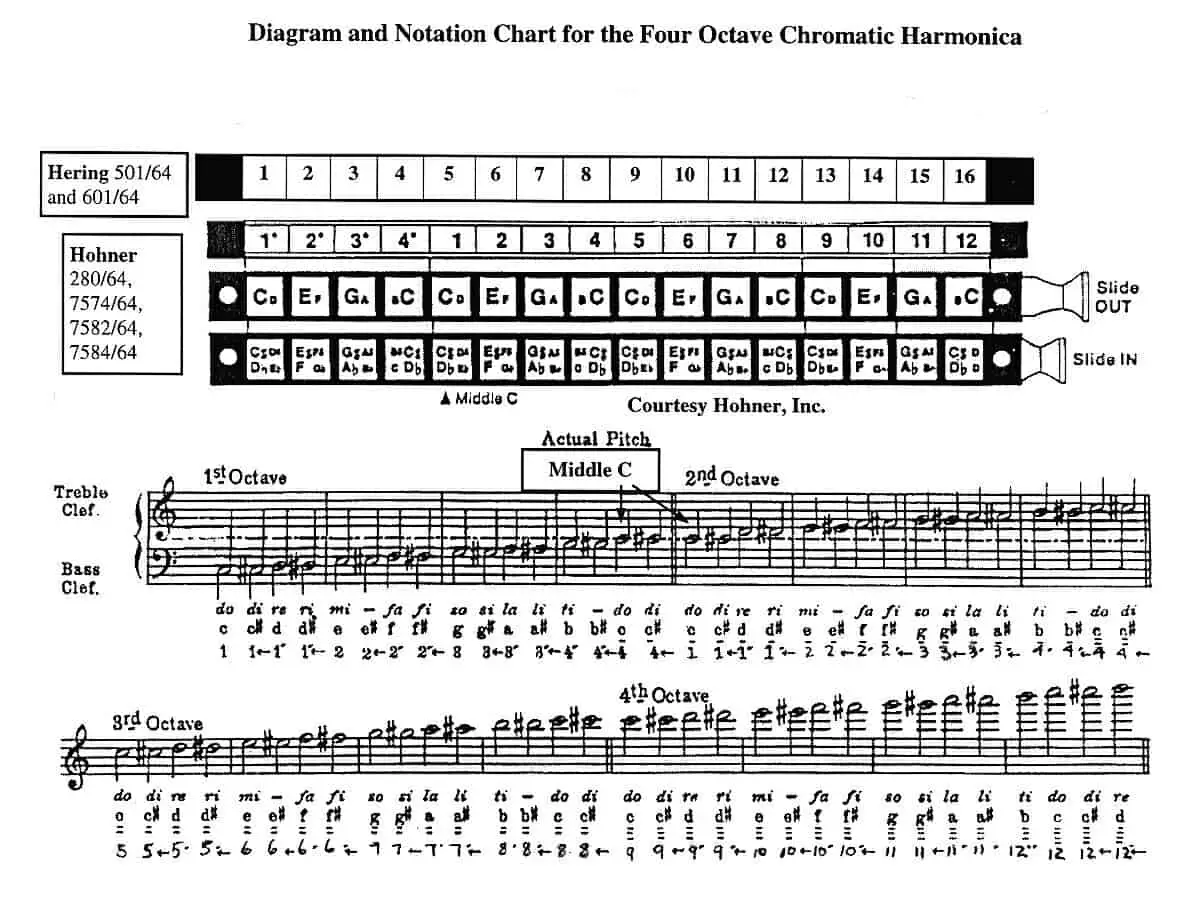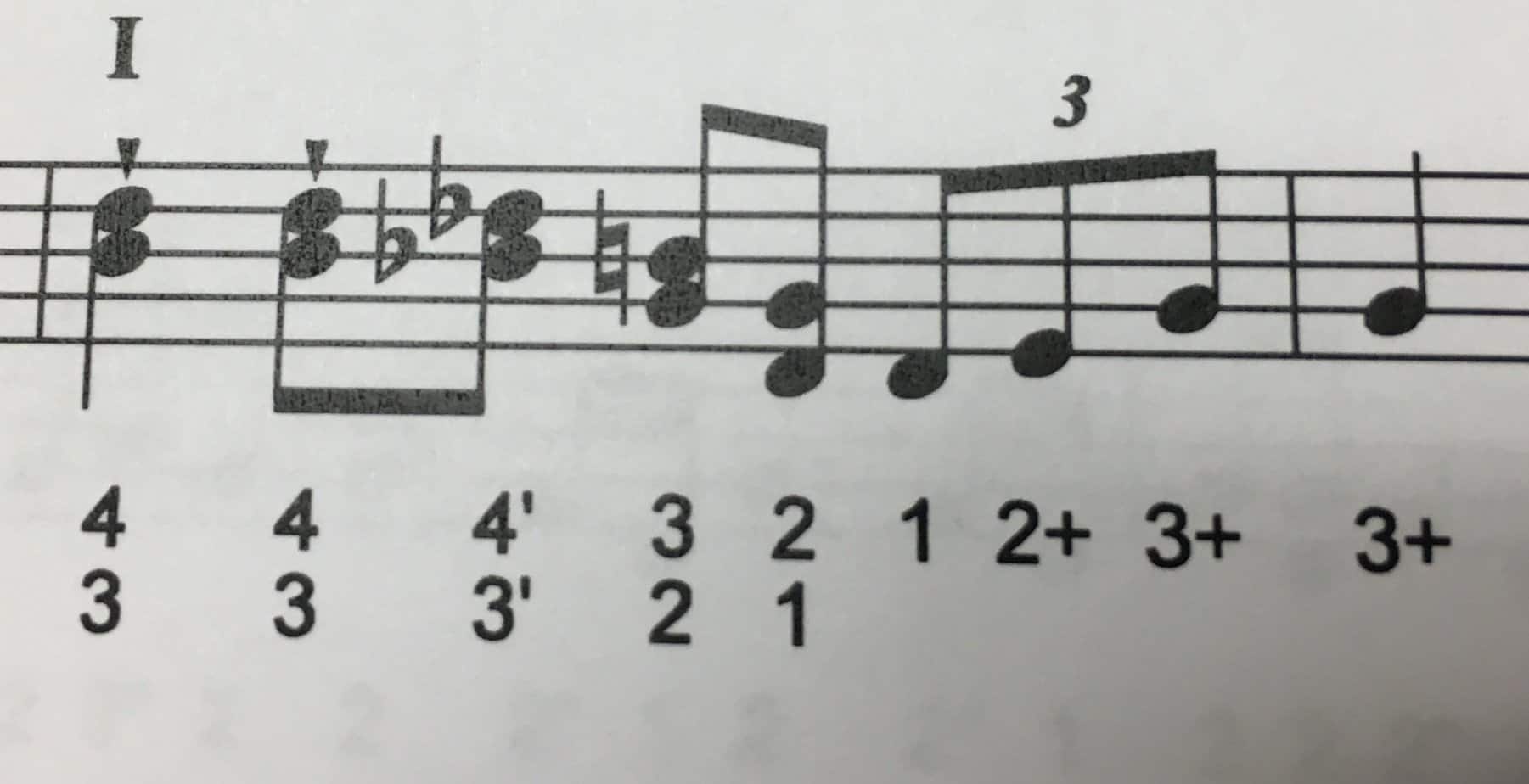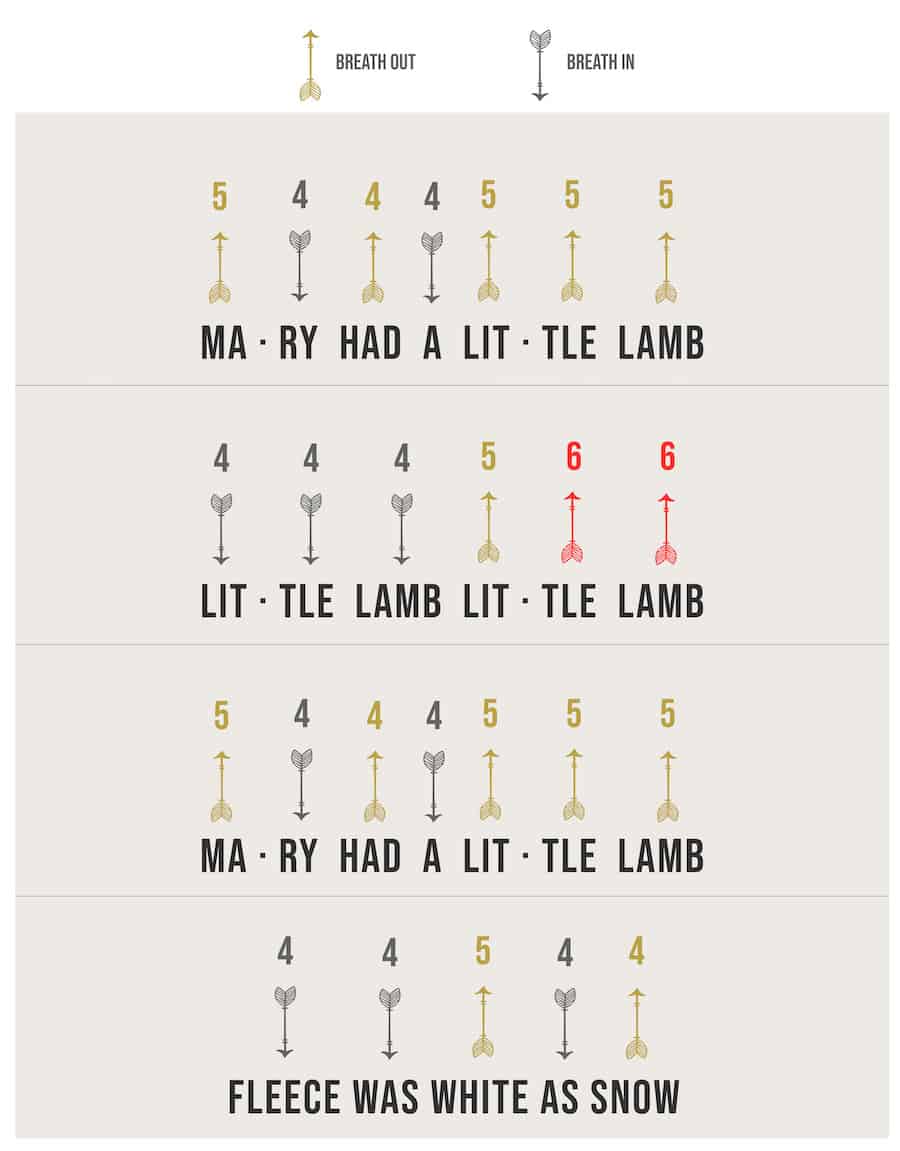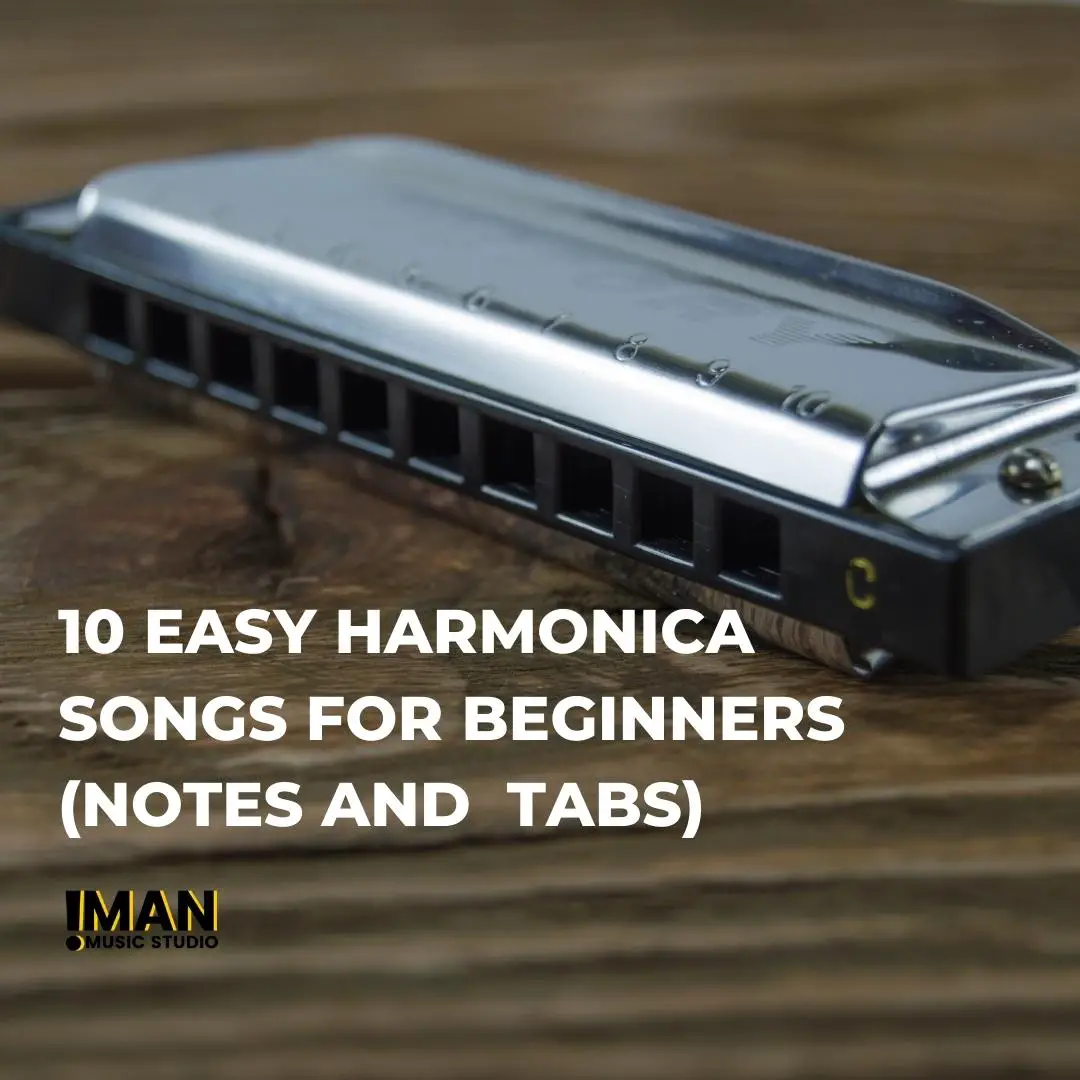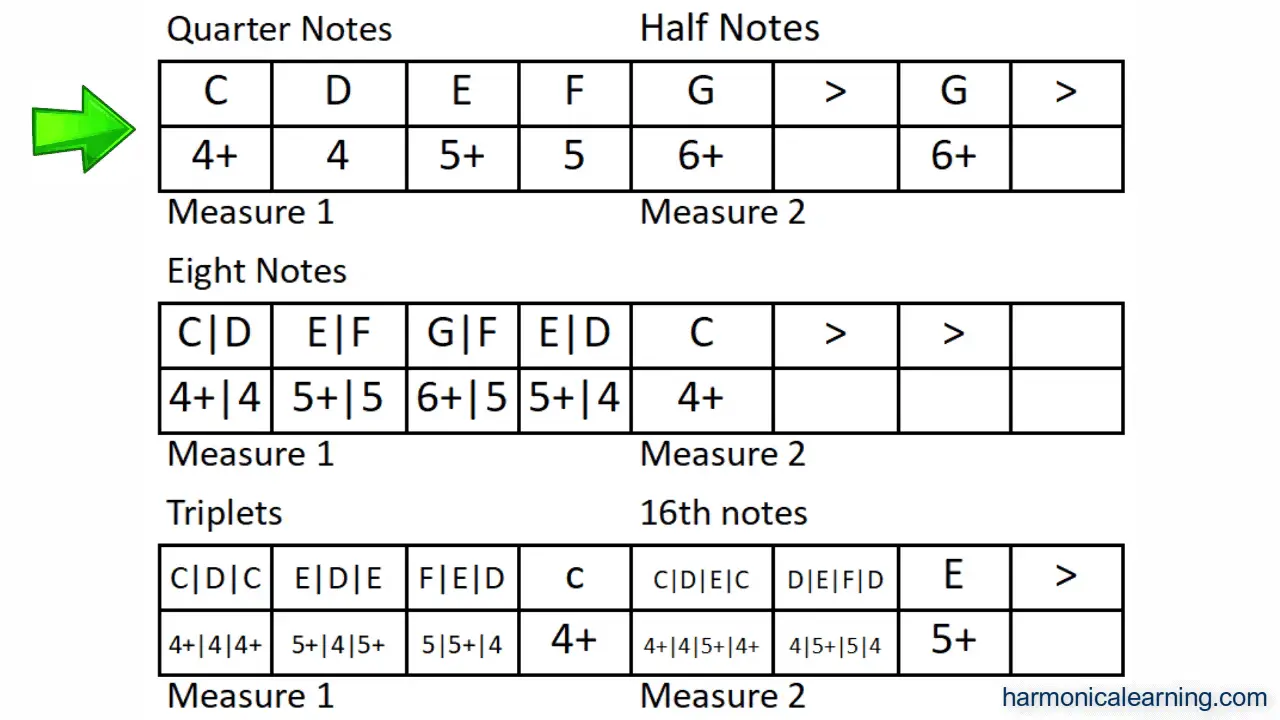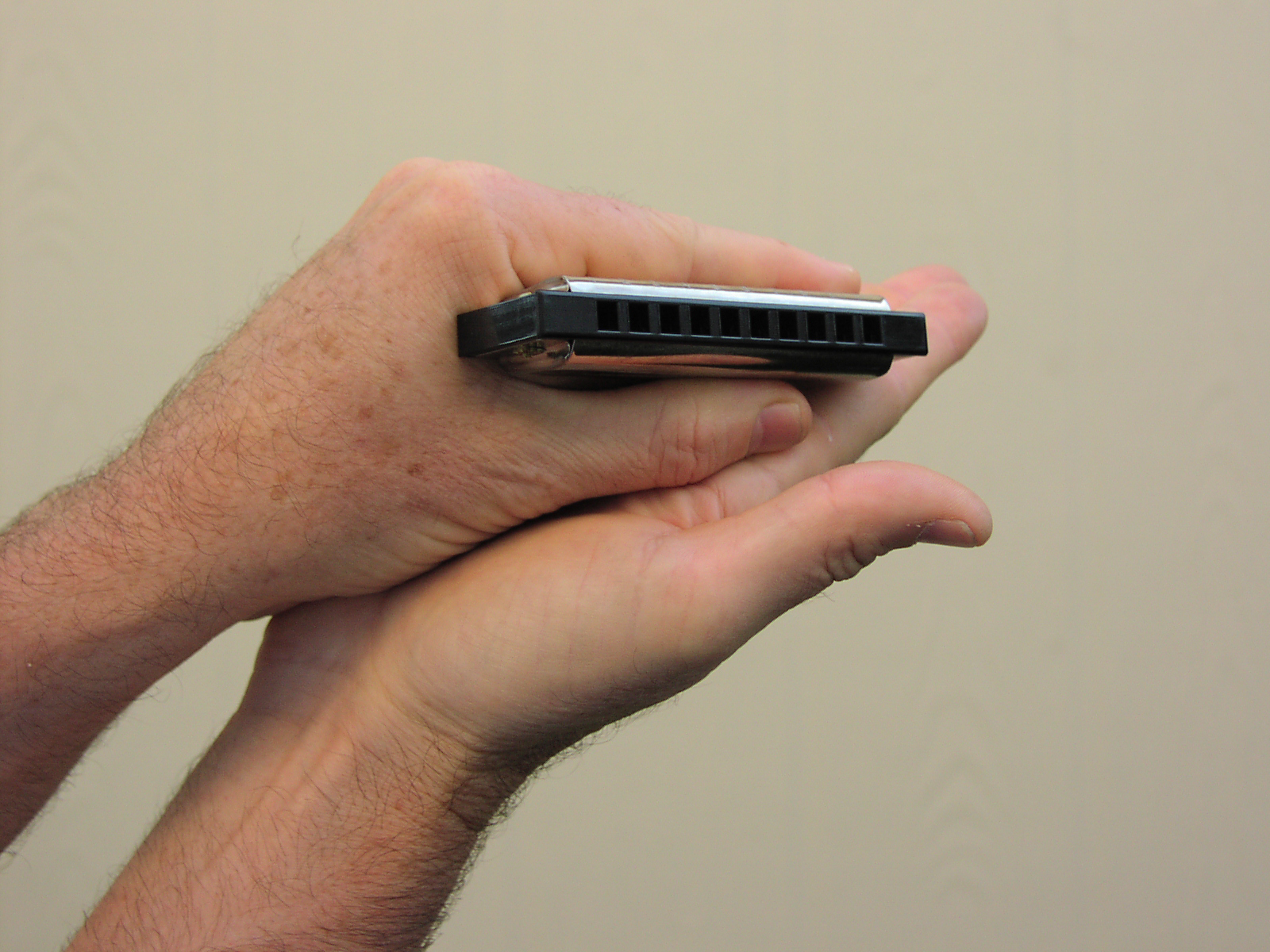If you’re a beginner harmonica player, you may have heard of harmonica tab, but have no idea how to read it. Don’t worry, in this article we’ll provide you with an essential guide on how to read harmonica tab. We’ll explain the basics of reading harmonica tab and provide some helpful tips on how to make sense of it all. With this guide, you’ll be able to use harmonica tab as a helpful tool to help you learn harmonica more quickly and easily.
Compare Pros and Cons of Different Harmonicas
What is a Harmonica Tab?
A harmonica tab is a form of musical notation that describes how to play specific notes on a harmonica. It uses a combination of numbers and letters to represent the position and breath direction of the notes. It is a useful tool for learning how to play songs on the harmonica, as it makes it easy to understand and follow the notes.
Harmonica tab is composed of several elements:
- Position numbers – indicate which hole on the harmonica to play.
- Direction arrows – indicate whether to blow or draw on the harmonica.
- Letters – represent the notes to be played (e.g. A, B, C, etc.).
- Accidentals – indicate sharp (#) or flat (b) notes.
The harmonica tab can be used as a reference point to learn how to play songs. By following the tab, you can quickly learn the notes and their positions on the harmonica.
Notes
Harmonica tablature is written using simple letter notation for each hole. For example, on a C harmonica, the letter “C” is written for the note that comes out when the hole number 1 is played. On a 10-hole harmonica the letters go up to “B” which is the note that comes out when the 10th hole is played.
Duration
The duration of a specific note is indicated by a number above or below the letter. If the number is above the letter, it means that the note should be held for that many beats. If the number is below the letter, it is an indication of the number of times the note should be repeated in the same beat.
Tied Notes
Tied notes are indicated by a line connecting two notes of the same letter. This means that the notes should be held for the combined duration of both notes.
Key Signature
The key signature of a harmonica tab is indicated by a letter at the beginning of the line. This is usually the key of the harmonica used to play the tab. For example, if the letter “C” is at the beginning of the line, then the tab is written in the key of C.
Finding Harmonica Tabs
The first step in learning to read harmonica tab is finding the tabs available. There are a variety of ways to find harmonica tabs, including online sites and forums, printed collections, and books.
Online sites, such as Harmonica Tabs and Harmonica Hub, offer a wide selection of harmonica tabs. These tabs are organized by genre, artist, and difficulty level, making it easy to find the right tab to suit the learner’s needs. Additionally, many of these sites offer tutorials and other resources to help with learning.
Forums and social media groups are another great way to find harmonica tabs. Many of these groups are dedicated to harmonica playing, and members often post tabs, advice, and lessons.
Printed collections of harmonica tabs can also be found, often in music stores or online retailers. These collections can provide a variety of tabs, including classics and more modern pieces.
Finally, books of harmonica tabs are a great way to find tabs for specific genres or artists. These books often include instruction on playing and tips for improving.
Tips for Playing Harmonica Tabs
Understand the Basics
Harmonica tabs are a way to notate harmonica solos, harmonica parts and melodies, making it easier to read and understand how to play them. The notation consists of numbers and symbols that represent the holes of the harmonica. The most common tab symbols are 0-9 and +, which represent the notes of the harmonica.
Learn the Keys
Harmonicas are available in many different keys, and different tabs are written for each key. When selecting a harmonica tab, make sure you know the key of the harmonica you’re playing.
Practice the Tabs
Once you’ve selected a tab, practice it slowly and steadily. If you’re having difficulty, break the tab down into smaller sections and practice each section separately.
Listen to the Music
When learning a tab, try to listen to the original song to get an idea of the rhythm and phrasing. This will help you to better understand the tab and play it with more feeling.
Examples of Harmonica Tabs
| Note | Harmonica Tab |
|---|---|
| C | -2 |
| D | -3 |
| E | -4 |
| F | -5 |
| G | -6 |
| A | -7 |
| B | -8 |
| C | -9 |
Harmonica tabs are a type of musical notation used to indicate which hole to play on a harmonica. It is a simple numerical system that assigns a number to each hole in the harmonica. For example, the number -2 indicates the second hole from the left. The number -9 indicates the ninth hole from the left. The numbers can be used to play any note on the harmonica.
Benefits of Playing Harmonica Tabs
| Benefit | Description |
|---|---|
| Easily Learn | Harmonica tabs are easy to learn and can help you learn songs quickly. |
| Faster Playing | Using harmonica tabs allows you to quickly learn the notes of a song and play it faster. |
| Memorization | Once you learn a song using harmonica tabs, it’s easier to remember and play it without the tabs. |
| Practicing | Harmonica tabs can be used to practice a song multiple times until you can play it perfectly. |
Harmonica tabs offer many benefits for those learning the harmonica. They are a great way to quickly learn a song and can help you practice it until you have it down pat. They also help with memorization, as once you learn a song with the tabs, you can more easily remember it without them. Finally, learning harmonica tabs is easy and can help you play songs faster.
Common Mistakes to Avoid When Playing Harmonica Tabs
- Forgetting to use the right hand technique. It is important to use the right hand technique when playing the harmonica; this includes alternating the breath and draw notes, blowing and sucking air through the instrument, and making sure to use the right hand technique when playing each note.
- Not paying attention to the rhythm. When playing a harmonica tab, it is important to pay attention to the rhythm and timing of the song. This includes playing the notes at the right time and in the right order to create the desired sound.
- Not paying attention to the key signature. Each harmonica tab is written in a different key signature and it is important to pay attention to the key signature when playing the song. This will ensure that the song is played in the correct key.
- Not using correct fingerings. It is important to use the correct fingerings when playing the harmonica tab. This will ensure that the notes are played correctly and that the song sounds correct.
- Not listening to the song. It is important to listen to the song first before playing the harmonica tab. This will help to get a better understanding of the song and how it should sound.
- Not practicing regularly. It is important to practice regularly in order to become a better harmonica player. This will help to improve one’s skills and become more proficient in playing the harmonica.
Frequently Asked Questions
What is Harmonica Tab?
Harmonica tab is a way of playing the harmonica that uses numbers and symbols to represent the notes of the songs. It is a great way to learn how to play the harmonica, as it provides an easy to follow visual representation of the music. Tab is a great way to learn songs quickly and accurately, as it is a much more efficient way of learning than trying to figure out the notes of a song through trial and error.
How do I read harmonica tab?
Harmonica tab is a form of notating harmonica music. It is written in a grid of note numbers, where each row of the grid represents a blow or draw note. Additionally, some tabs will include letters to indicate which holes of the harmonica to use. To read harmonica tab, you must first familiarize yourself with the note numbers and letters used in the tab. You can then use the tab to play melodies and riffs on the harmonica.
What are the Essential Steps for Reading Harmonica Tab?
1. Familiarize yourself with the harmonica tab notation system. This includes learning the meaning of the numbers, and arrows that are used in the system.
2. Learn the basics of playing the harmonica, such as the major scale, minor scale, and basic chords.
3. Read each line of the tab and identify the notes and chords that are indicated.
4. Play the harmonica and practice playing the notes and chords indicated in the tab.
5. Listen to recordings of the song to make sure you are playing it correctly.
6. Repeat steps 3-5 until you are able to play the song from the tab accurately.
What are the Benefits of Reading Harmonica Tab?
Reading harmonica tab provides an easy way to learn to play the harmonica by providing written instructions for each note. It is an efficient way to learn the notes and progressions of a song. Tab also allows a player to learn songs quickly, since they can quickly see the note pattern. Additionally, tab helps harmonica players improve their improvisation skills and develop their own unique style. Tab can also be used to transcribe songs and to help create original compositions.
How do I get a louder sound from my Harmonica?
There is only so much breath you can put into a harmonica, so if you are performing live or just want a louder sound when practicing, check out Harmonica Amplifiers as a possible solution.
What tips can help me learn how to read harmonica tab?
Start by familiarizing yourself with the symbols used in harmonica tablature. Each symbol represents a hole number, blow or draw note, and the length of the note. Once you’ve mastered the symbols, practice reading the tablature with a metronome or drum machine. Try to read one measure at a time, slowly increasing your speed until you can play the entire song. Additionally, use the internet to find backing tracks of songs that match the tablature so you can practice playing along with the music. Lastly, take your time and don’t be afraid to make mistakes; the more you practice, the better you’ll become.
Conclusion
Harmonica tab is a useful tool for all harmonica players, enabling them to learn and play songs more quickly and easily. Learning how to read harmonica tab is a straightforward process that requires a bit of practice. Once you understand the basics, you’ll be able to read tabs for any song and play it on your harmonica.

